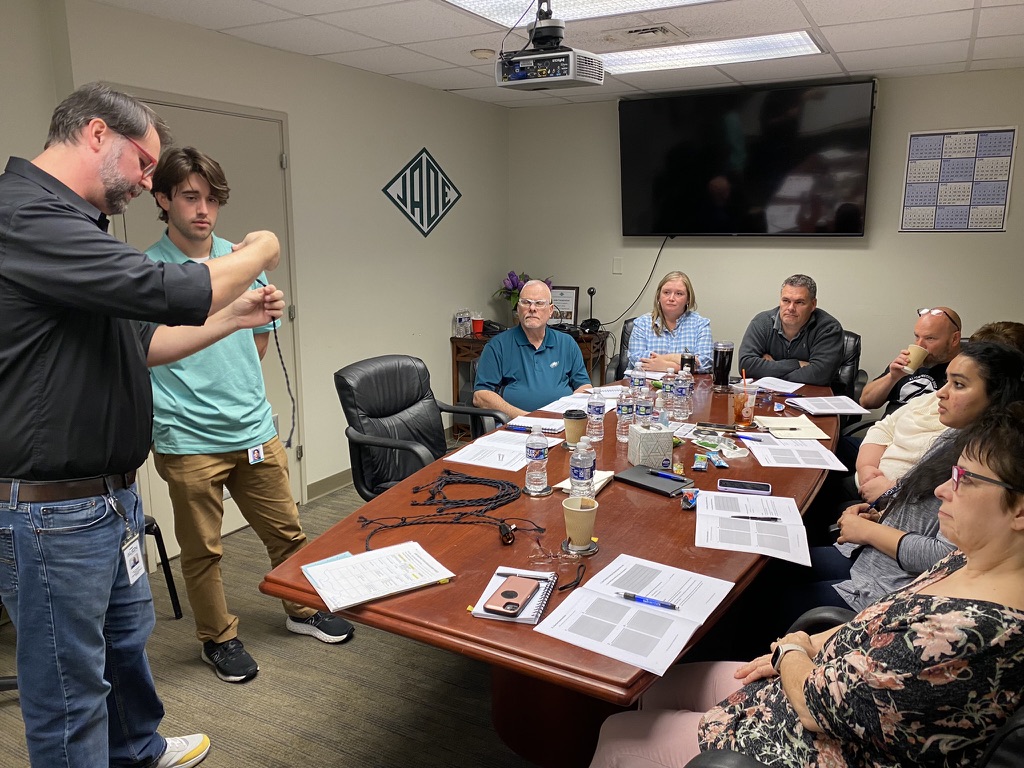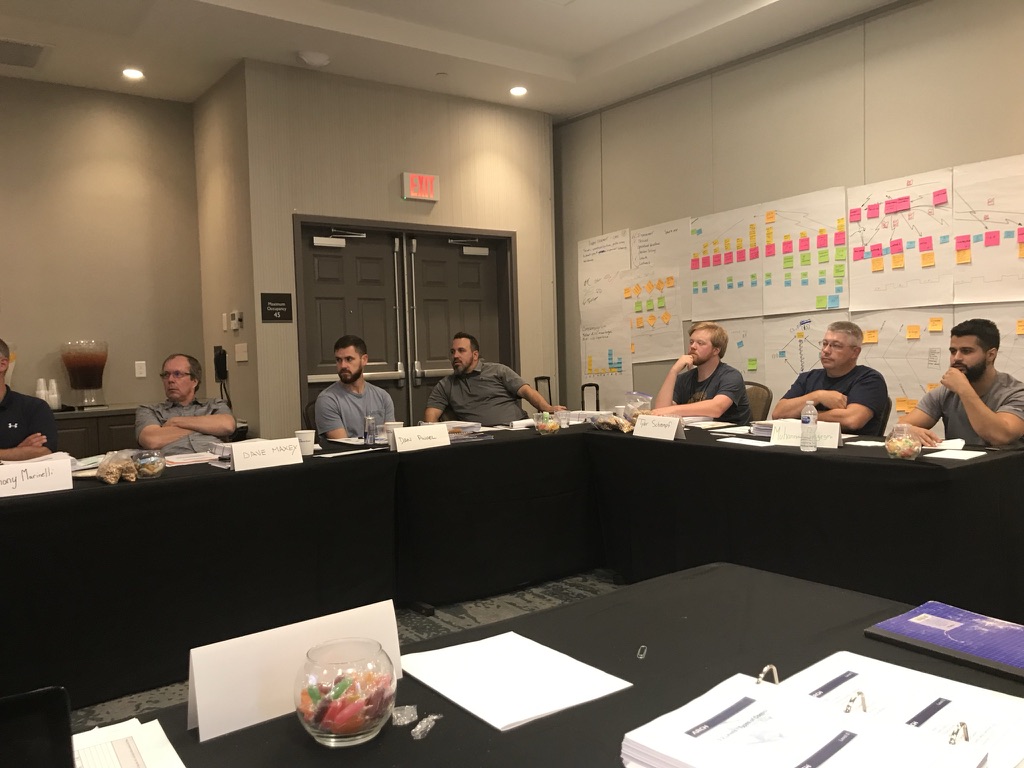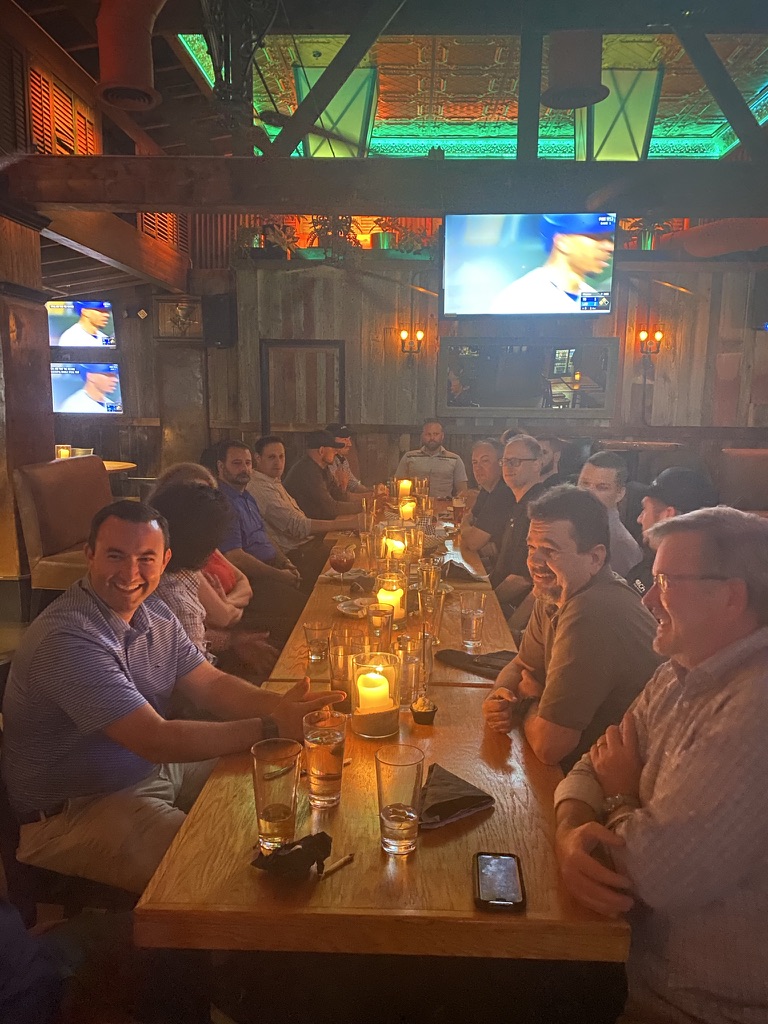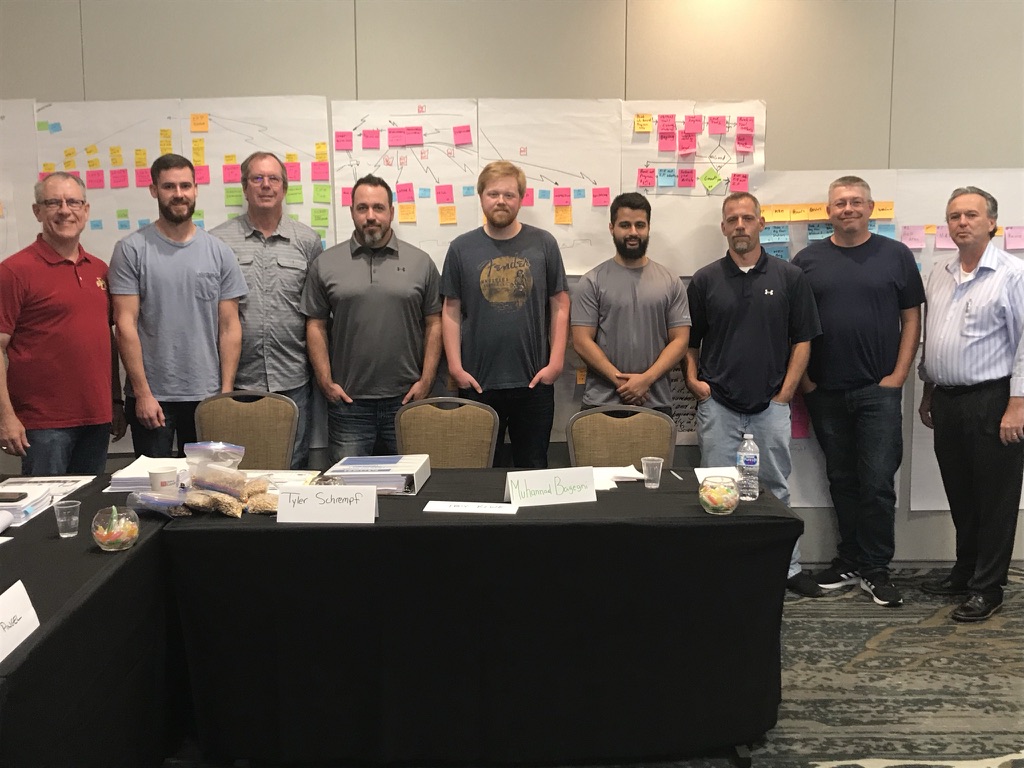Making People – The Heart of Operational Excellence
by Jim Logan
This month’s article is by Jim Logan, a TMAC customer who has worked in a variety of manufacturing industries including automotive, aerospace, oil & gas, medical devices, and high-precision semiconductor equipment. While he has primarily worked in management over the past 15 years, he is equally adept in a technical setting. Jim is also skilled at training and is a LSS Master Black Belt.
In the 1990s, I was fortunate to win an expatriate assignment in Japan. Like many experiences early in my career, I didn’t fully appreciate the depth of what I was seeing at the time. I was working for NSK-Warner, a direct supplier to Toyota, and this role gave me a front-row seat to observe some of the key principles of Lean Manufacturing in their purest form.
One phrase I encountered there has shaped my leadership philosophy ever since:
“Mono Zukuri Hito Zukuri.”
Loosely translated, it means “Making things is about making people.”
It’s a deceptively simple statement, yet it captures one of the most important truths in manufacturing and continuous improvement: excellence in output is inseparable from excellence in people.
A Missing Ingredient in Many Factories
Over the years, I’ve had the privilege of working in factories across the globe. Sadly, I’ve also seen how often this core principle is overlooked. Many facilities have invested in machinery, automation, and systems, yet neglected to invest equally in the skills and knowledge of their people—particularly technicians and operators.
When I arrive at a new facility, the first thing I do is a talent evaluation. It’s not about ranking individuals or identifying underperformers—it’s about understanding the depth of technical expertise within the workforce. Unfortunately, in many cases, decades of reduced investment in apprenticeship and technical training have left significant skill gaps.
An Example: The Value of True Craftsmen
At one facility I managed, there were five master Tool & Die Makers—each of whom had completed and later taught in rigorous apprenticeship programs. Their skills were exceptional and their problem-solving capabilities unmatched. But the rest of the technical team, including engineers, lacked the same foundational training. The gap between these masters and the broader
workforce was significant.
This is where Continuous Improvement and Operational Excellence tools become vital—not just for process enhancement, but for skill development. By empowering employees with problem-solving methodologies and structured training, we can multiply the problem-solving capacity of an entire workforce.

An Example: Support Services
At many organizations I have worked at I utilized the launch of Lean Six Sigma to spearhead people development. In one particular case, I developed a Green Belt Training program and asked for each site across the country to nominate anyone they felt was a high potential candidate to participate. I specifically requested that they look outside of the traditional focus on the shop floor. One of the young men that was nominated was from the purchasing team at a facility on the East Coast.
He took the Value Stream Mapping to heart and noted that one of the constraints to supporting the shop floor was the approval process. It literally was still passing a piece of paper from desk to desk and waiting for the manager of the department to get time to review it, ask any questions, sign off, and then pass it to the next manager.

This also provided much greater visibility to what was being ordered and made all parties involved more confident in the system.
The Leadership Trap
Too many leaders, myself included at times, fall into the trap of believing they must personally solve every problem. In reality, the greatest operational transformations occur when leaders focus on developing the capabilities of their people.
When everyone in a facility understands the principles of problem-solving—and has the confidence to apply them—solutions emerge that leadership alone could never envision.
As I became more experienced at what made for a successful Lean Six Sigma Program I was able to make sure that upper management (all the way to the CEO) bought into the program and at the end of the training we brought them in for a celebration dinner. This had untold benefits for employee motivation.

From Philosophy to Action
In the facility I mentioned earlier, we implemented a structured training and development program for the majority of employees. The results were profound. Engagement levels soared, teams began tackling issues proactively, and innovations arose from unexpected places.
The lesson was clear: the compounding effect of skill development is one of the most powerful levers in operational excellence. It turns a workforce into a continuous improvement engine — one that can sustain success long after leadership moves on.

Mono Zukuri Hito Zukuri is more than a phrase—it’s a blueprint for lasting manufacturing success. If we want to make great products, we must first make great people.


